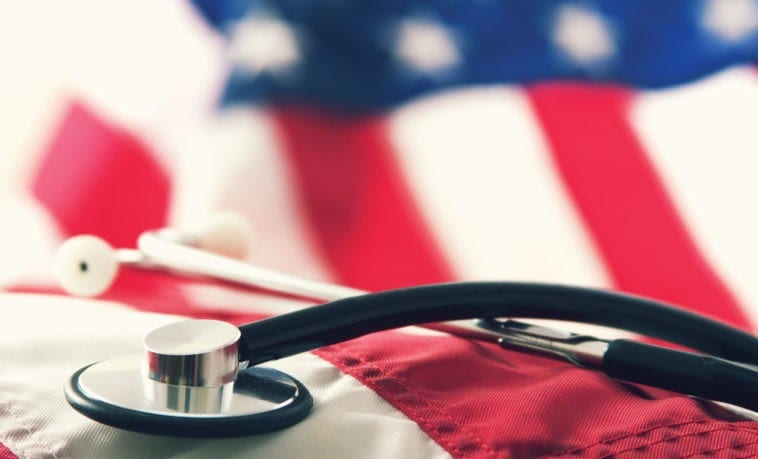From pandemic preparedness to Medicare for All, now more than ever, health care is in the news and on the minds of millions. Whenever health care is the subject, statistics will surely play a part in the discussion. Tired of the same old arguments?
Here are 25 interesting facts about the health economy that you may not previously have considered.
1. The Health Care Industry Is the United State’s Top Employer

Given that so many people are employed in the health care industry—with roughly 20 million employees—it’s no wonder that it is on the forefront of everyone’s mind. According to OnlineMedicalServices.org, that’s about $1 trillion in payroll spent by nearly 1 million companies!
2. America Spends More Than Any Other Nation on Health Care
Despite the fact that so many people are employed in the health care industry in the United States, Americans spend more on health care than any other nation on the planet. That’s 2.5 times more than those in the UK, according to National Public Radio. But don’t worry, we also pay more in health care taxes than any other country, according to Physicians for a National Health Program. So at least we’ve got that going for us!
3. Most of the Money Spent on American Health Care Goes to Administrative Overhead
According to Brookings.edu, administrative health care costs amount to a higher share of GDP in the U.S., more than in any other country. This includes claims processing and payment, prior authorization, and eligibility determinations, among others expenses. Health care administrative costs in the U.S., in fact, account for about 1.4% of GDP, as opposed to Canada, where health care costs amount to roughly .8% of its GDP.
4. Less Than a Decade Ago, Nearly 50 Million Americans Had No Health Insurance at All
The Consumer Health Alliance reports as of 2012, 50 million Americans had no health insurance at all, and 130 million Americans had no dental insurance. Yet somehow, insurance premiums have risen three times faster than average American wages. That’s a lot of health care spending in the U.S. for not a lot of service.
5. Those in America with Insurance Still Can’t Afford Their Out-of-Pocket Medical Expenses or Afford Prescription Drugs

Insurance, it seems, isn’t the answer. According to The Hamilton Project, in the event of a major medical emergency, millions of Americans lack the cash on hand necessary to pay the out-of-pocket expenses, and America’s seniors often pay 30% more for prescription drug coverage than seniors pay elsewhere.
6. The Cost of Having a Baby Is Roughly 13 Times More Expensive in America Than it Was in the 1940s
According to JustFacts.com, the average cost for a maternity room in the early 1940s, adjusted for inflation in 2011 dollars, was about $100 a day. JustFacts reports that the cost of that same hospital room today would be about $1,300 a day. Indeed, the regular cost for that same hospital room today is about four times what it was in 1980, from about $130 a day to more than $400 dollars over the span of four decades.
7. Americans See Their Doctors Less Than Those in Other Countries
Citing data from mLive Media Group, the average American sees their doctor only four times a year. Putting some perspective on whether that’s a little or a lot, mLive also reports that Japanese citizens see their doctor about 13 times each year, and that only Switzerland, Sweden, and New Zealand have less frequent doctor visits than U.S. citizens, on average.
8. Americans Also Pay More for Their Pharmaceutical Drugs
Hospital rooms and administrative costs aren’t the only things related to health care that are more expensive in America than anywhere else, according to Scientific American. Americans, in fact, spend three times more on the top 20 most prescribed pharmaceutical drugs than the British. So what’s the most expensive drug in America? That dubious honor goes to Horizon Pharma’s Actimmune, used to treat rare bone disorders. That drug costs nearly a quarter of a million dollars a year, according to CBS news!
9. Don’t like What Your Health Care Costs? In Some American Cities, You May Just Need to Try Another Provider
That’s right, according to the Brookings Institute, the price of certain health care services can vary in some American cities, and that doesn’t bode well for a properly functioning market. For example, Brookings says the cost of certain basic medical services in Baltimore, MD can vary by as much as $15, citing data from the Health Care Cost Institute. That’s while in El Paso, TX, the price of some services can vary as much as $800 between health care providers!
10. The “Global Wellness Economy” Is Also Booming, According to the Global Wellness Institute
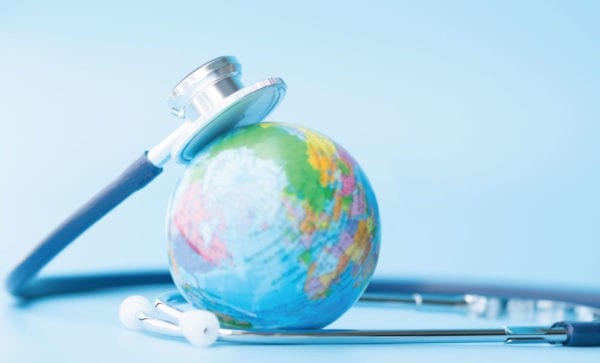
Defined as industries that promote and encourage consumers to integrate health and wellness into their daily lives, the Global Wellness Economy grows annually at a rate of just about 7%. That’s nearly twice as fast as the entire global economy! The Global Wellness Institute reports that in 2018, the Global Wellness Economy was valued at $4.5 trillion. That’s 5.3% of the total global economic output.
11. Americans Have a Longer Wait to See Their Doctor Than Those in Almost Any Other Country
According to a recent survey from Merritt Hawkins, a leading physician placement service, in 15 major U.S. cities, wait nearly a month on average to see their health care provider. That’s up 30% from 2014 to 2018. And once patients get an appointment, they tend to be rushed in and out of the exam room faster than almost anywhere else. According to Staff Care, a temporary physician and medical staff placement service, appointments last from between 10 and 15 minutes for many common health care providers.
12. When Doctors Aren’t Seeing Patients, They’re Doing Paperwork
Can’t get an appointment with your doctor? It’s probably because they’re doing paperwork, according to data from AthenaHealth, a prominent provider of technology and data to the health care industry. Physicians spend nearly four times as long on patient paperwork and updating digital health care records, AthenaHealth says, than they do with their actual patients.
13. Fewer People Are Becoming Physicians
The Association of Medical Colleges says fewer people are becoming doctors, which is also contributing to longer wait times for health care in the U.S. And that’s not because fewer people want to be doctors. According to Inside Higher Ed, medical school class size has increased, but federal funding for residency training has not kept up, meaning recent medical school graduates have nowhere to train.
14. The Cost-Benefit Ratio of Becoming a Doctor Is Declining
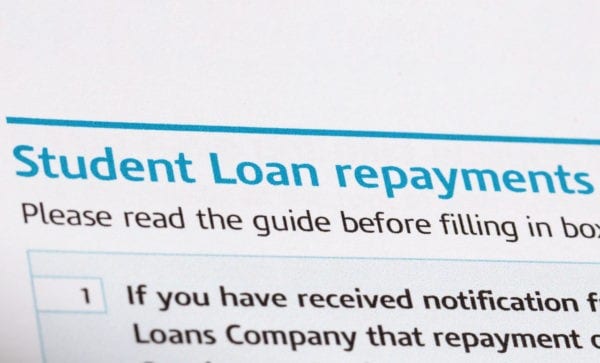
Physicians, surgeons and other health care providers make a lot of money, no question. Average salaries for doctors and surgeons range from between $200,000 and $300,000 a year. But it also cost a lot of money to become a doctor. Data from the Association of American Medical Colleges states that recent medical school graduates pay nearly $200,000 for their education, but after forbearance and deferment on student loans, that number can swell to as much as $400,000 once that money is paid back.
15. To Make More Money, Skip Medical School and Become a CEO in the Insurance Industry or a Hospital Administrator
Want to know where the real money is being made in the health care industry? Look to insurance industry CEOs and hospital administrators. MLive Media Group reports that hospital CEOs and hospital administrators make anywhere from about $250,000 to $500,000 annually, with educational credentials that are much easier to obtain.
16. American Households Are Drowning in Medical Debt
Countering those high salaries and wages enjoyed by insurance execs and hospital CEOs is an ocean of medical debt among consumers. Nearly 20% of all Americans have unpaid medical bills on their credit report, and that burden drives down other economic indicators, according to a recent report from NBC News. And just having medical insurance doesn’t make health care any more affordable for most. Based on recent reporting from US News & World Report, nearly one in five Americans with health insurance still can’t pay their medical bills.
17. Artificial Intelligence Provides a More Accurate Diagnosis Than an Actual Doctor
These days, artificial intelligence, or AI, often prescreens patients, matching them with the best provider for their health care needs. Recent reporting from CNN states that using AI leads to a more accurate diagnosis than screenings from an actual doctor. According to the report, roughly 80% of all patients during a five-year period received an accurate diagnosis via AI. Compare that to an only 72% diagnosis accuracy rate from an actual doctor.
18. Most Americans, But Not All Politicians, Support Medicare for All
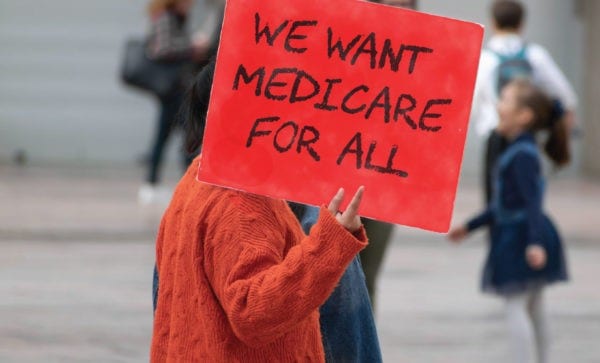
One possible solution to America’s health care crisis is the federal government initiating the single-payer program, and recent polling data from Business Insider says roughly 60% of all Americans support such a program. That support is even stronger when these programs are referred to as “Medical for All” rather than “single-payer health care,” according to Stat News.
19. Studies Show Those With Better Insurance Spend More on Health Care
It seems intuitive that families and individuals with complete health care coverage would spend less on health care. This is not the case, however, according to a recent study from the Rand Corporation. Families with 100% coverage, according to the study, spent 24% more on health care out of pocket than families with less coverage.
20. When Employers Pay for Your Health Care, It’s Tax-Deductible, But Not Always for Those Who Pay for Their Own
All expenses associated with providing health care to employees are tax-deductible, according to the IRS. This is not the case for those paying for coverage on their own, or paying for their medical expenses out of pocket, unless, that is, those expenses surpass 10% of their adjusted gross income or if those individuals own their own registered business.
21. Preventative Care Does Not Decrease Overall Health Care Spending

Though it may seem counterintuitive at first, easy access to preventative care does not, in fact, decrease overall health care spending, according to a study from the American Heart Association. Indicators that an individual could be a good candidate for preventative care does not mean that person will definitely develop a particular condition, nor will preventative care guarantee that the intervention will be successful. In other words, it costs a lot of money upfront to potentially address future health conditions that may or may not have come to pass. Nevertheless, preventative care can be effective when performed properly.
22. Under Federal Law, a Hospital Must Treat a Patient Even if They Can’t Pay the Bill
Perhaps understandably, as part of the Emergency Medical Conditions and Women in Labor Act (EMTALA), federal law requires hospitals to treat patients regardless of their ability to pay or their immigration status. A recent study from ResearcGate.Net , however, found this law leads to an average of about $140,000 a year in bad debt incurred by emergency health care providers.
23. Nationwide, Nearly One-Fifth of All Health Care Is “Defensive in Nature”
To account for the high cost of malpractice insurance and to help minimize the risk of liability, a recent study from Gallup and Jackson Healthcare shows that nearly 75% of health care providers engage in some form of defensive medicine, meaning they recommend unnecessary tests, procedures, or consultations for no other reason than to minimize liability risk. According to estimates, that’s roughly $45 billion in spending across the health care industry!
24. Governments Already Spend a Lot on Health Care
Even with single-payer health care or Medicare for All, federal, state, and local governments already spend a lot on health care. According to a 2019 study from the Bureau of Economic Analysis (BEA) in the Department of Commerce, total government spending on health care in 2018 was about $1.6 billion, that’s nearly $13,000 spent per household, according to that same study and data from the U.S. Census Bureau, and that’s whether or not that household actually required any services!
25. The Affordable Care Act Did Not Increase Insurance Premiums
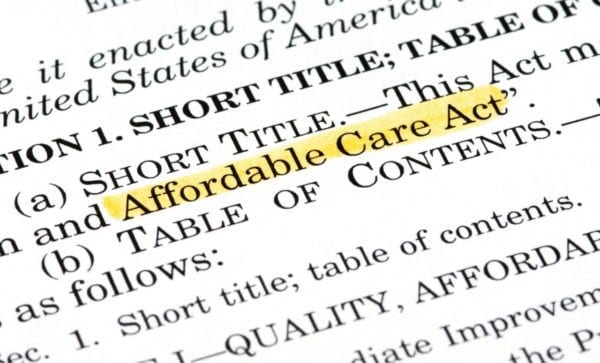
Political opponents of the Affordable Care Act, sometimes called Obamacare, cite a sharp spike in premiums after the law took effect as justification for its repeal. A report from Forbes, however, states the opposite is true: the average rate of increase in insurance premiums has declined since the law was enacted in 2010.
Conclusion
When it comes to health care, data and statistics account for a lot. But numbers don’t tell the human story. In addition to what we have presented here, there are thousands of people at every level of the health care industry making a difference and saving lives every single day. Not to mention legions of patients turning to the wisdom and expertise of health care professionals for the treatments they need for a better life or to simply see tomorrow.
We hope these 25 interesting facts about the health care industry help you think differently, or perhaps more deeply, about the complicated, contradictory, and crucially important nature of the health care industry in America.
